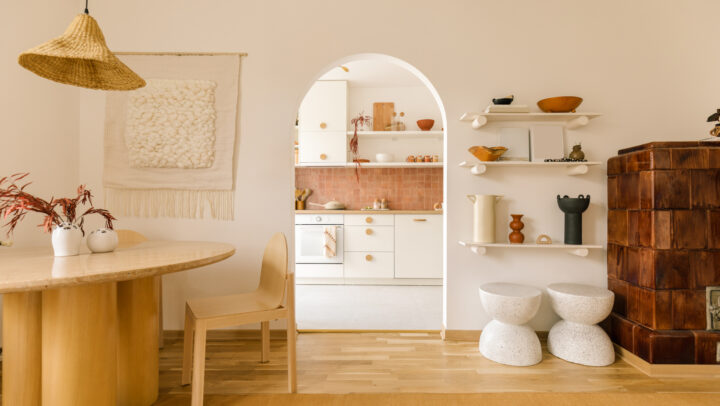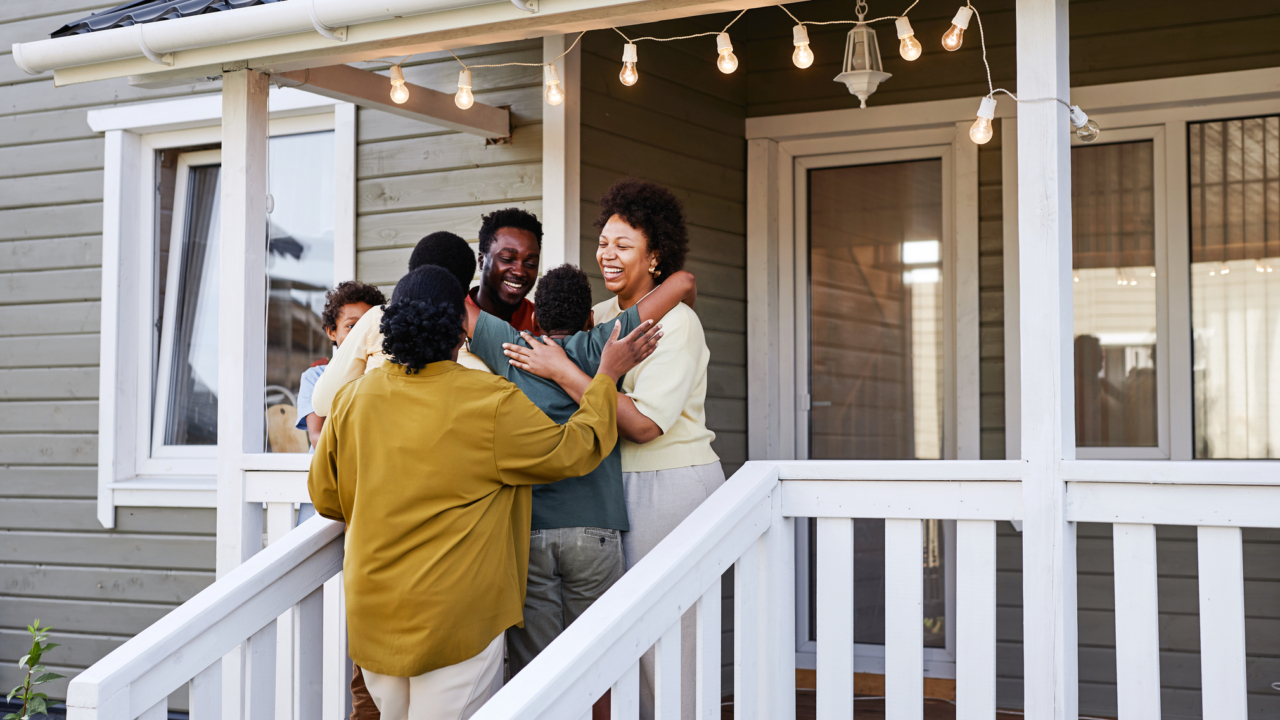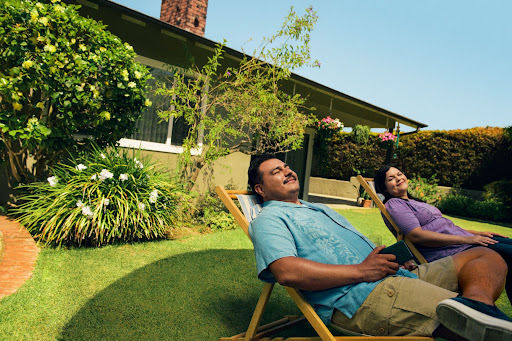The Best Interior Paint Colors
We asked an architectural color consultant about the best intior paint colors and how paint can be used to transform your space.
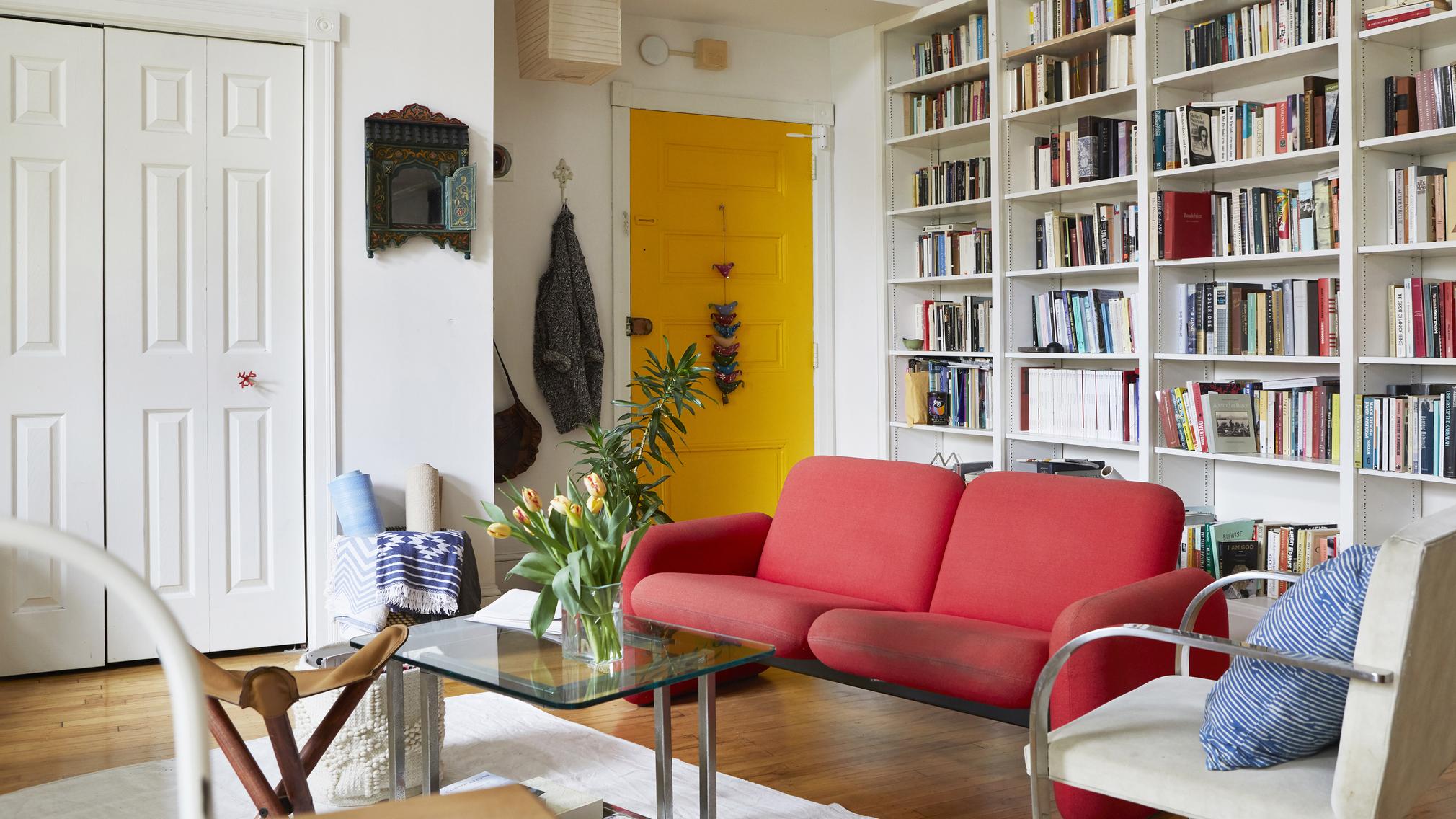

Written by May Ortega on September 4, 2024
Paint can set the tone for how you feel in your home, and the right color can help you solve issues with your space — usually more affordably than a full remodel. That’s the philosophy of Lauren Battistini, an architectural color consultant and the owner of Houston-based LFB Color Consulting. She’s experienced in helping her clients choose the best shade for just about everything in their homes.
“Literally any place where a color decision needs to be made, that is where you'll find me,” Battistini said.
We asked Battistini for her paint color recommendations to help resolve common interior dilemmas, from dark rooms to high traffic areas prone to dirt and discoloration. Her advice comes with one major caveat: there is no one color that will magically solve any problem. You’ll want to reference the colors of other, more permanent surfaces in your home, including things like flooring and countertops, to help guide your decision-making.
Happy painting!
Make a small room feel larger
When you have a room that feels too small, Battistini has a tip that she admits may seem counterintuitive: paint your room in a dark shade to make your space look bigger. Opt for rich tones like royal blue, forest green, or a warm brown. And don’t forget to paint the ceiling — extending your color of choice above the room can maximize the expanding effect of that dark shade.
“If you use a darker color with a nice sheen to it, and you use it throughout the entire space — meaning you don't use it as an accent wall, you use it as an entire color in a room — it actually can open up a space,” she said.
Sheen, or the textured finish of your paint, plays a big role in how your painted walls look. Paint comes in various levels of “sheen” ranging from “flat” (the least amount of sheen) to semi-gloss to “high gloss” (the highest amount of sheen). The more sheen your paint has, the shinier and more reflective it will be. For a darker room, a paint with a higher sheen (like semi-gloss) can help reflect the light off the walls and help a room feel brighter without being so reflective that it highlights imperfections.
Combat stains, wear and tear
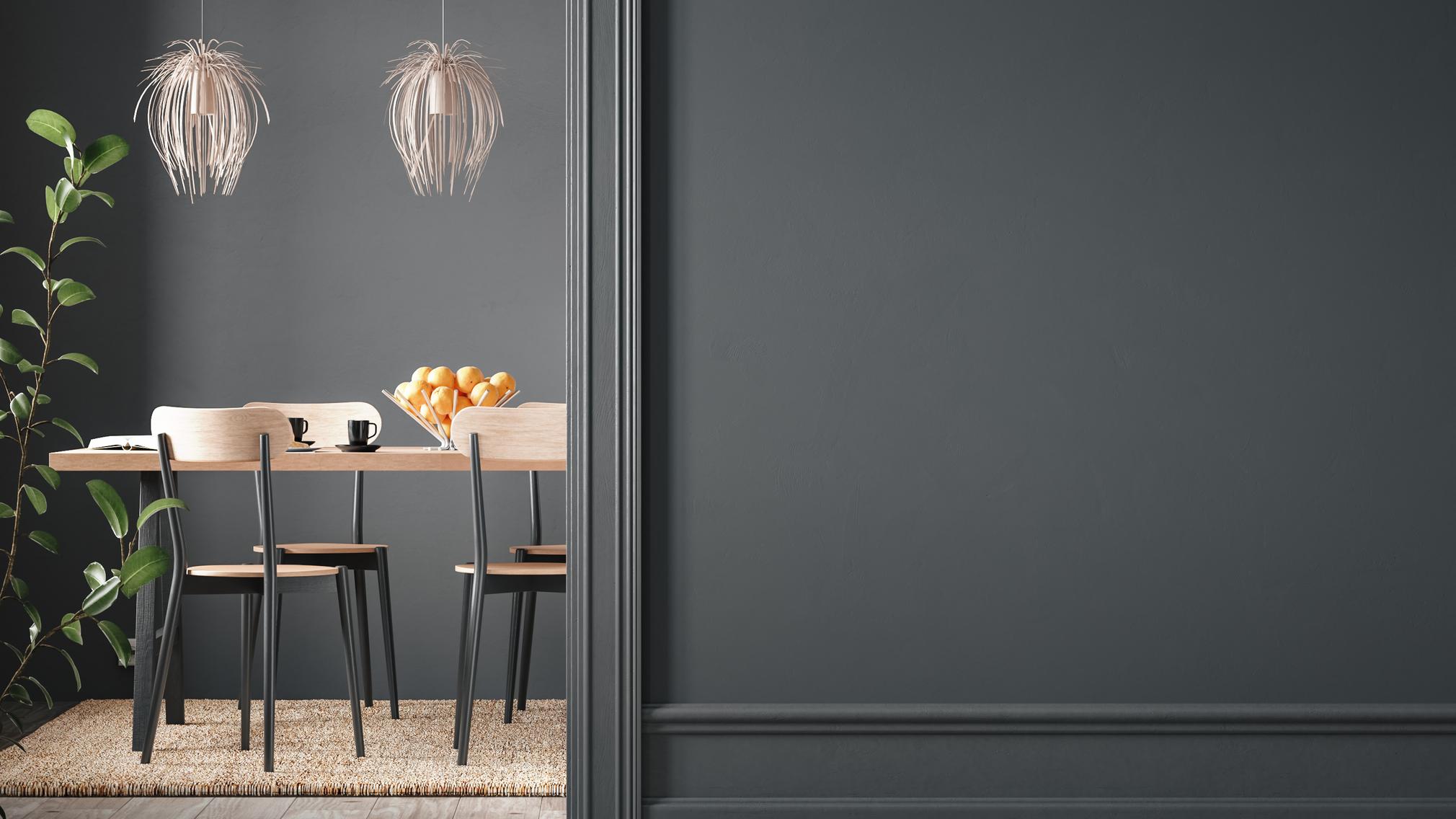
Having kids, a pet, or a particularly messy roommate can mean trouble for your walls. If stains are a regular occurrence in your home, Battistini recommends going with mid to deep tones, like shades of brown or warm grays, to help camouflage the scuffs and stains that come with everyday life.
However, the color you choose matters less than the paint formula, in this case, she said. In rooms like your kitchen, bathroom and mudroom, you’ll want to look for paint formulas that can withstand being washed and scrubbed without wearing away.
“This is where I recommend those egg shell finishes, because that finish has a little bit more strength to it,” Battistini said. “It’s a little more thick, and generally, there are some chemical properties built into those paints to allow for that scrubbability and getting out food stains.”
Transform a dark basement
While you might be tempted to paint your low light, low ceiling basement with a simple, cool white, Battistini’s advice is to steer clear of this color. Instead, go for neutral tones that still offer some brightness.
“You don't want stark white, usually, because that's just going to gray with all that shadow. You would bring in the creams and the lighter beiges and the lighter grays,” Battistini said.
But be careful not to choose a hue with too much yellow, or it could undo the effect of that neutrality and ultimately look dingy and dull. Swatch various colors in your basement to test how they look with whatever lighting you have — Battistini recommends layering recessed lighting and lamps in a mix of color temperatures to create the illusion of natural light.
Reduce visual clutter
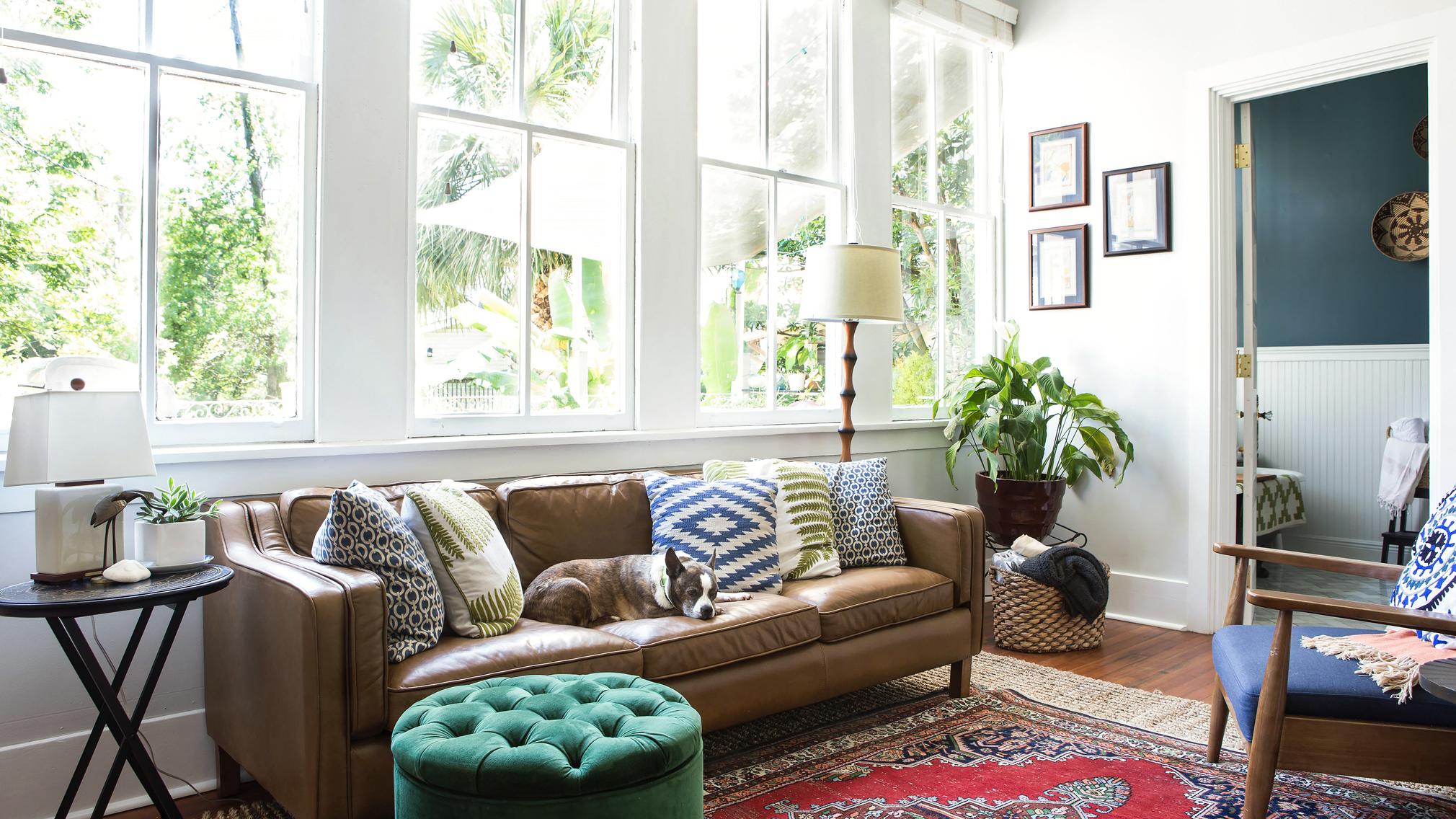
Having an accent chair can be a great way to add some dimension to a room, as is having a patterned rug or another stand-out piece. But having all of those things combined with a bold, unconventional color on your walls can cause some clashing.
If you’re committed to your furniture and decor, but also feel like the room needs to be tied together, look at your walls. Battistini said cream is a safe color — just make sure it doesn’t look too yellow under your lights. It’s a neutral shade that still adds something to the room without taking away from everything else.
“What that does is it creates a very warm space, but it's bright and light enough not to darken a space,” she said.
Add depth to a windowless space
If your home has a hallway that gets very little natural light (or none at all), you have options to brighten things up. Battistini said the right combination of paint and lighting can counteract that darkness, along with giving some attention to your ceiling color. She recommends swapping the pure white that’s the default for most rooms with something softer, like greige. Greige is a mix of gray and beige, creating a neutral color that has the cool tones of gray and the yellow warmth of beige.
“Beiges, greiges, and light taupes can all achieve a brightening effect that is less harsh than a pure white ceiling,” she said. Use mirrors to help reflect any natural or artificial light your room does get, and opt for amber light bulbs.
Calm a noisy bedroom
Your bedroom should not be a loud space; it’s where you go to rest and relax. It can be especially tough to get a good night’s sleep when you live on a noisy road or your neighbors have a particularly vocal dog. You may not be able to change where you sleep, but a paint color makeover can have an effect on how you sleep.
Battistini said she tells her clients to avoid too-bright colors in their bedroom and instead go with dark, neutral tones. Many of her clients come to her asking for shades that are reminiscent of nature to help extend their love of their gardens into their restful space.
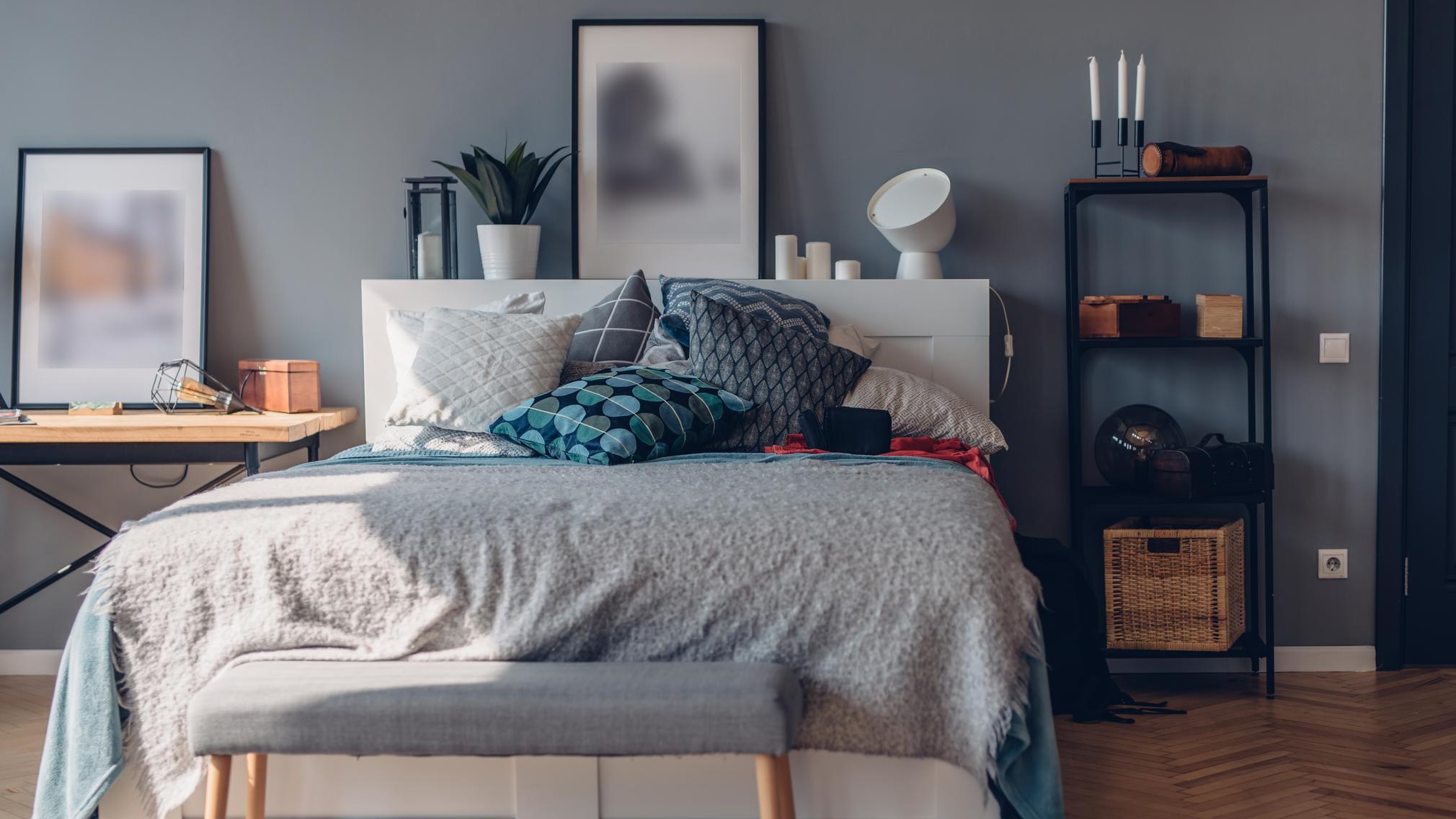
“Beige colors are very nice. Another color category that's interesting, but you have to make sure it coordinates to your flooring and carpeting and everything else: the taupe color family,” she said. “It's a beautiful alternative to gray, and it's not as warm as a beige, so it's a nice little in between.”
Next time you face a challenge in how to make your house feel like home, remember that the simplest solution might be a fresh coat of paint. Just be sure to choose wisely.
Ready for a new address?
Get an instant cash offer or list with a local partner agent.
Explore selling optionsRelated Articles
Sell your home with a winning strategy
Here’s how to maximize your home sale with the right selling plan.

Build a smart selling plan
Talk to your agent about their marketing approach - especially online - to ensure you’re getting the best possible price for your home.
